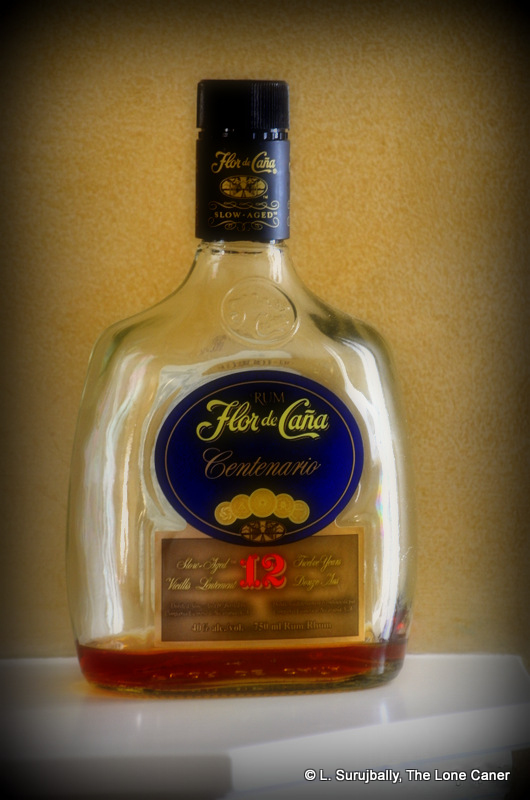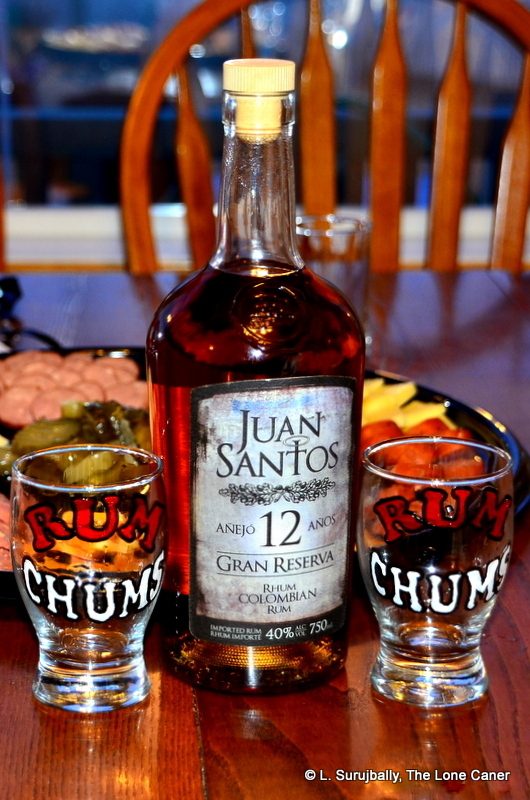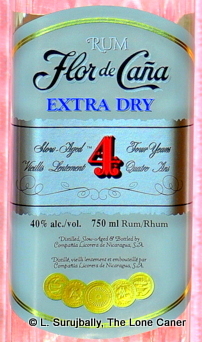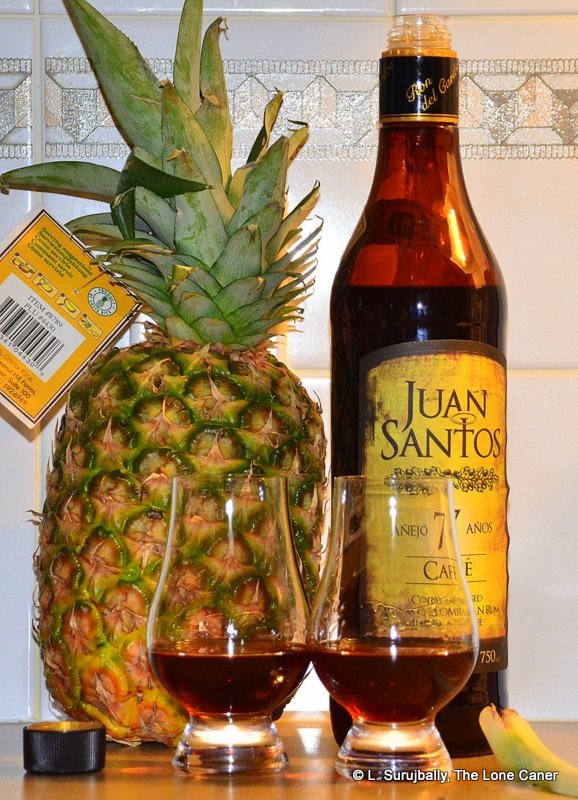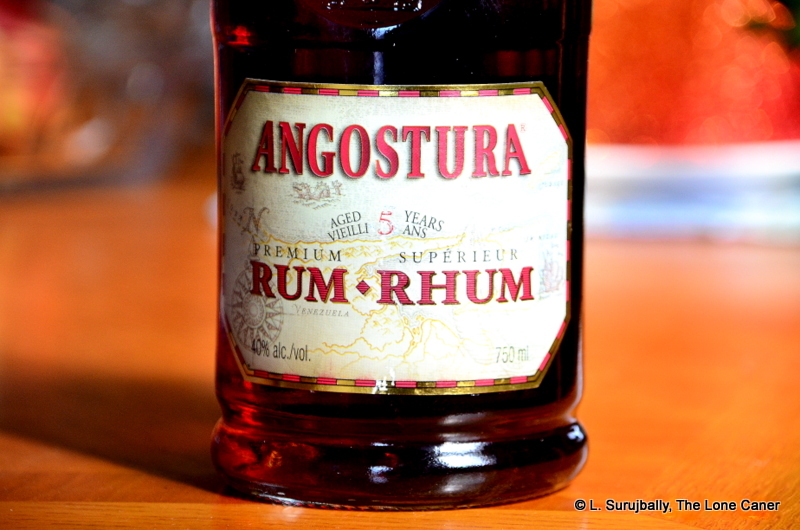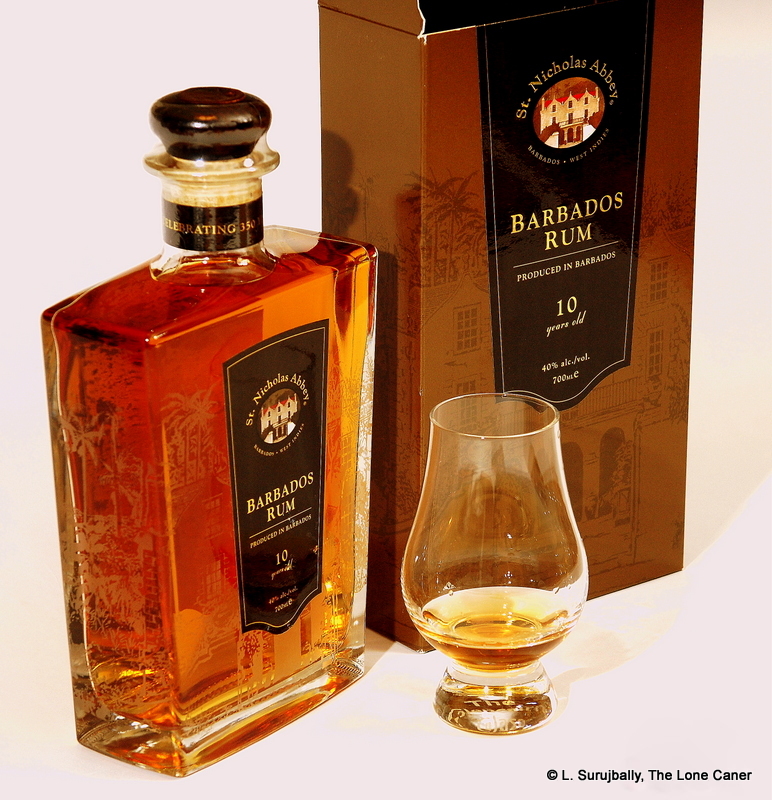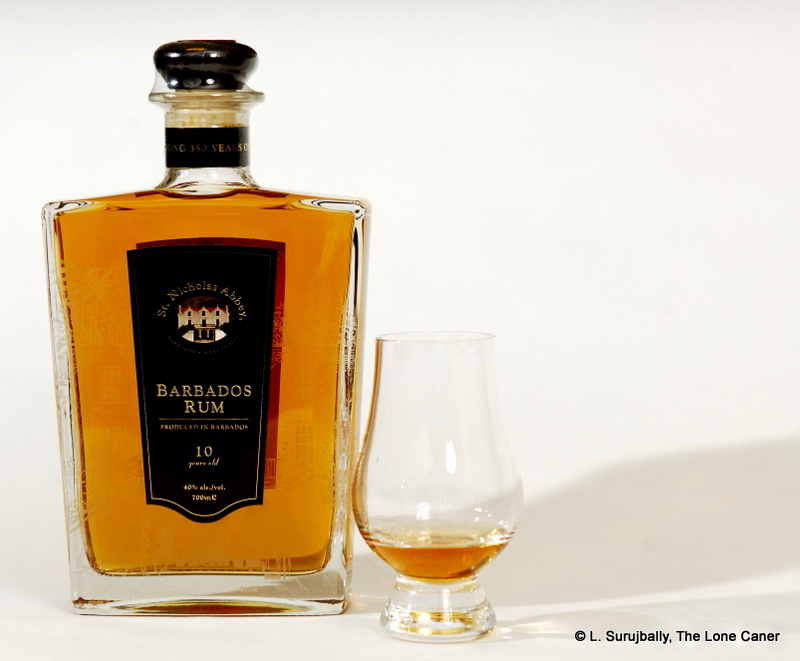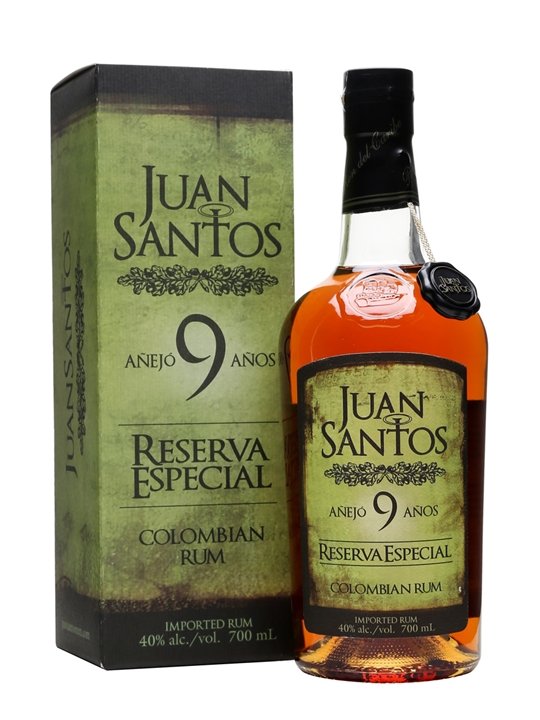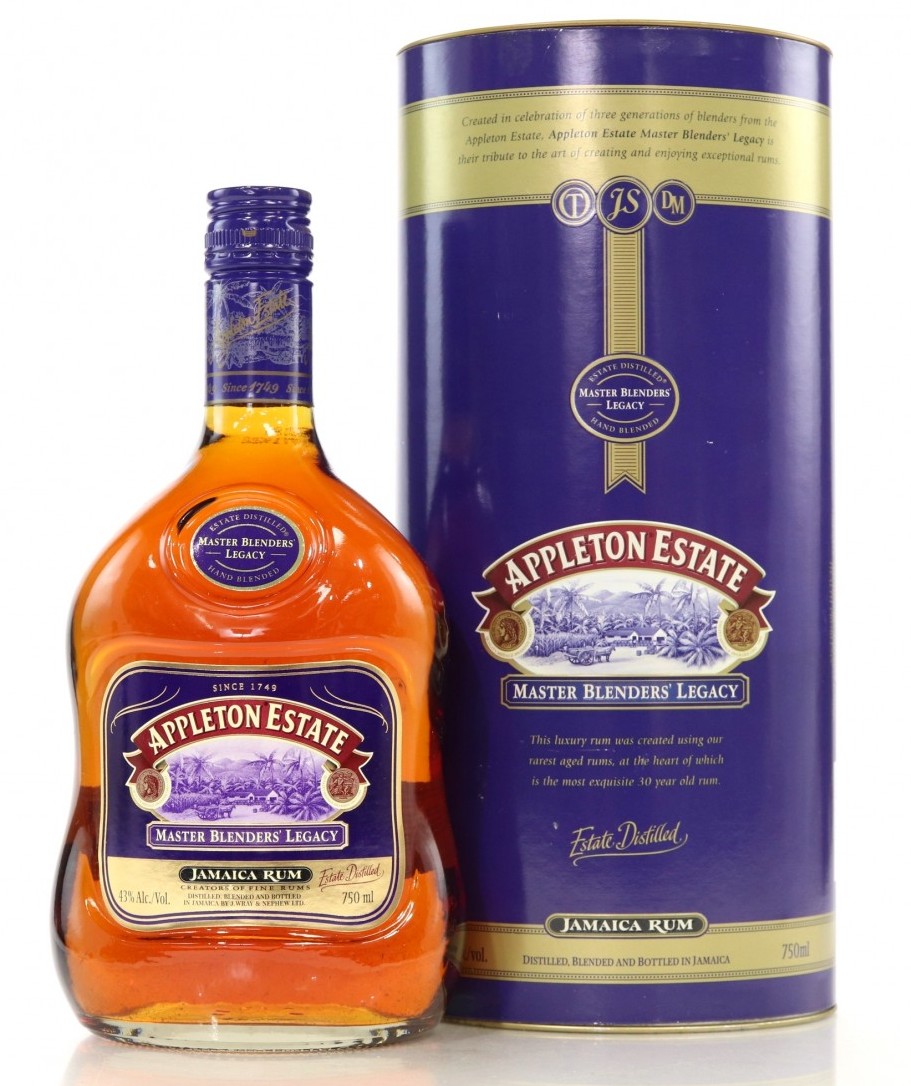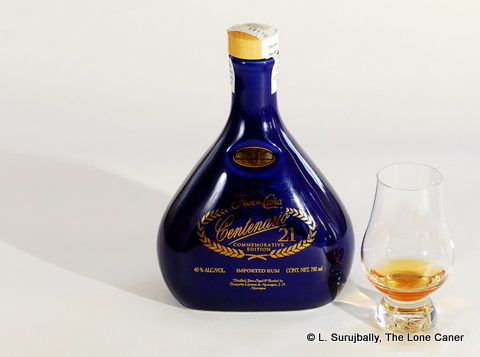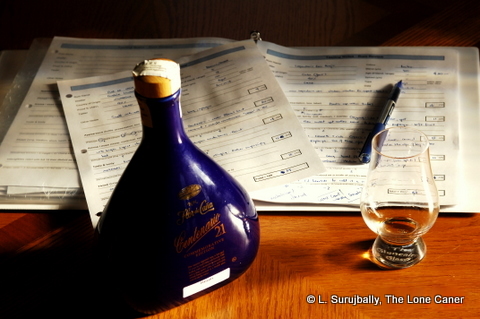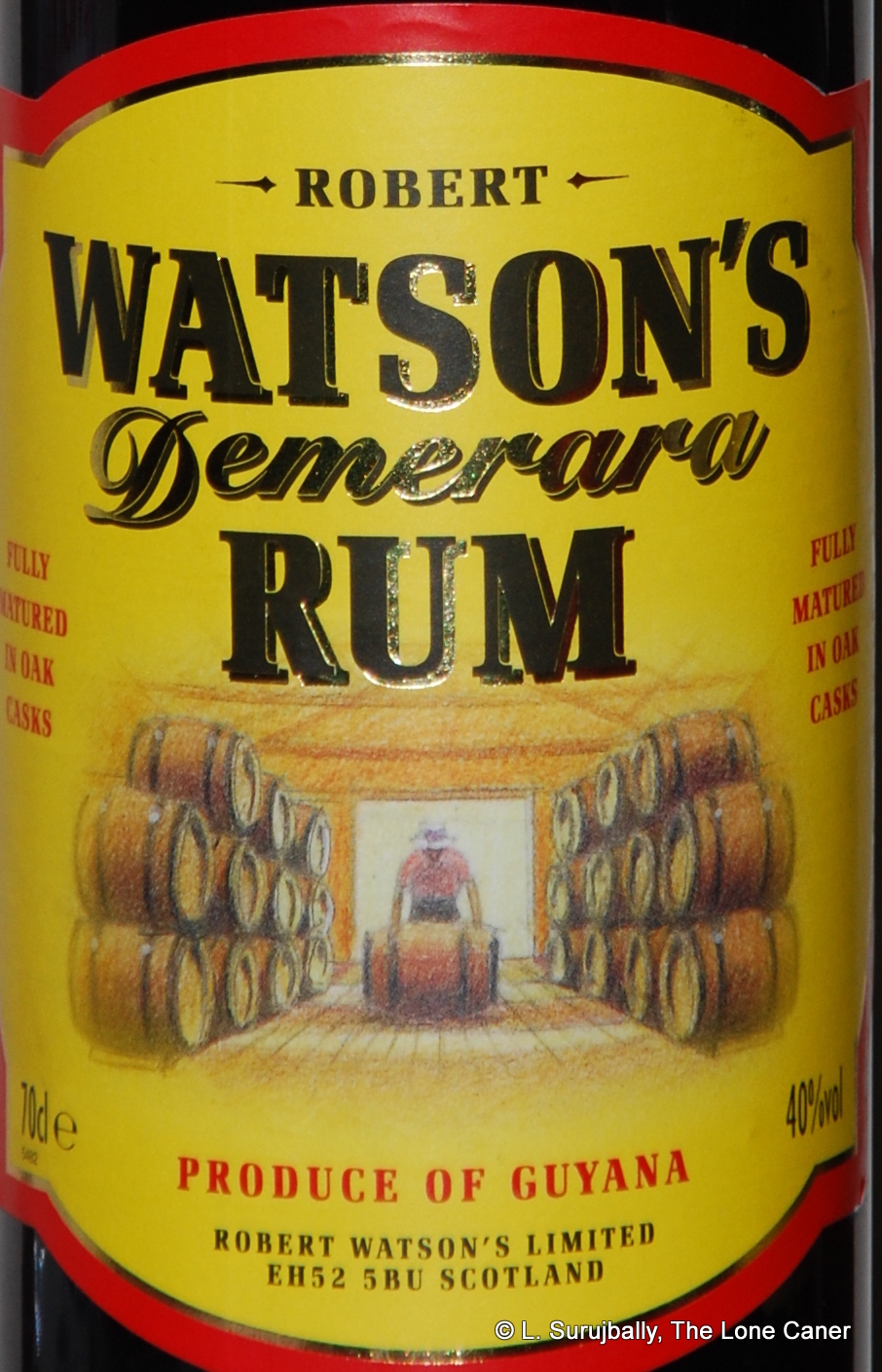First posted 2nd September 2011 on Liquorature
Much as I loved the St Nicholas Abbey 10 year old (and I have yet to meet a soul who doesn’t like it), I must concede that the corresponding 8 year old is not in its league. This is not to say it’s a bad rum…just not as good as its older brother(s). And that’s a shame, because left on its own, had I never tasted any of the Abbey’s other products, I might have given my pen rein, gone to town with loads of colourful metaphors, and in all ways harped on its observed qualities. However, I had had the others, and in a vertical tasting with all three rums in attendance, the eight simply suffered by comparison. Bummer.
I should note that part of what really sets St. Nicholas apart is stellar marketing. The whole story of the plantation and its lovingly restored Jacobean house; the creation of one of the first new rum-makers in decades (quite aside from massive commercial enterprises who create hollow rums by the containerful); the sand-blasted bottle with its mahogany tipped cork wrapped in soft paper embossed with the company logo, the limited production (they’re up to about 5000 bottles total per year now)…all these envelop the plantation operation and the resultant rums in a sort of enviable cachet of quality and history that many a maker would give his last heels of ten year old for. And when you consider how good that original ten year old was (quite a debut, I’d say), well, there’s some pretty good street cred right there.
Of course, Madison Avenue b.s. can only carry a rum so far (did I hear someone say Kraken?). Consider the Young’s Old Sam Demerara Rum, or a very nice (and very cheap) Potter’s rum I have had before – utterly unspectacular, unadvertised low-end hooches the pair of ‘em, and yet I can’t imagine my pantry without either. Word of mouth and individual tastes will overwhelm a clever campaign…and that other bugbear of the big sellers, real quality. I thought St. Nicholas really had something going there.
Having waxed rhapsodic over the softness and billowing fumes of the 10, I was somewhat taken aback by a younger, sharper nose of the 8 year old. Young, boisterous, aggressive, spicy and aromatic, it reminded me of a lady in high school I once asked for a dance, who then grabbed me with quite unnecessary force, and unsmilingly said in a tone that brooked no demur, “I’ll lead.” All kidding aside, it was an interesting scent: apples, a tad of brown sugar crystals…there was a buttery kind of quality to it, yet one that was thin and faintly medicinal at the start: it gradually opened up into something more floral – white roses and hibiscus.
The mouthfeel and taste on the palate continued that odd mix of aggressiveness and restraint. It lacked the smooth wash of tastes of the ten, that was a given; however, I simply cannot express what it was about the 8 that did not permit me to separate out flavours precisely. That there were tastes was undeniable, what I was having trouble with was figuring out what they were, because they ran together so seamlessly. Perhaps it would be better to tell you what this wasn’t: not very sweet, always a problem for me; not very oily, or lasting; not very, well… rumlike – this thing was more like a decent cognac. The body was light, gold and clean (it was the lightest colour of the three St. Nick’s offerings I was sampling), bottled at 40% just like the others, and displayed a sharpness I can’t say enthused me overmuch. And the fade was unexceptional: short, medium smooth, lacking a good long finish — yet to its credit, it did not have a bunch of bitchy fumes leaving their claws on your throat on the exit.
St Nicholas Abbey in Barbados, is currently distilling its own rum from its own sugar, using a German distillation apparatus they brought over from the heimat in 2009 – and unlike all others in the area, they are using sugar cane syrup (concentrated juice) rather than molasses – this may account for the lack of a caramelized brown sugar taste so prevalent in other dark or gold rums. However Foursquare Distillery (they of the dubious Doorly’s) did initially help produce the first rums here, after the Warren family bought the plantation from its previous owners in 2006. Currently St Nick’s is setting down rum at the rate of one barrel a week for ageing and they have plans to expand their line to include younger rums (3 yr and 5 yr olds, plus a white), and older ones to come – for example stocks of the ten are now past that age and are being re-issued as the twelve and the 2005 stocks they had are being held for yet older expressions.
Let’s sum up. Different production methods result in a nose that is excellent, but with a taste and finish less so. At $120 in Calgary, I’d hesitate to buy it a second time, when I can get the sterling ten year old for twenty bucks more. It’ll be interesting to match an eight year old from years hence with the one currently in my possession.
And yet, I should add this. I was similarly noncommittal and wussy about the El Dorado 12 year old (and to some extent the ED15). But this eight year old rum really isn’t made to be a high end product, however the price might suggest otherwise: it’s a bridge to the really top-tier product lines, the 10 and the 12 and (coming soon to the rumshop near you) the 15,18 and the 20. I think St Nicholas’s product strategy is based on the unexpected success of the ten, which I have been told there are no more stocks of — the stocks that went into making this 8 yr old will eventually be the new batch of 10 yr olds to come. Therefore my take is simply that for what it is, it is an excellent rum, however expensive; you are paying for rarity rather than the intrinsic worth, though – so if you really want quality, then spring the extra twenty bucks for the next one up the line.
(#083. 80.5/100)
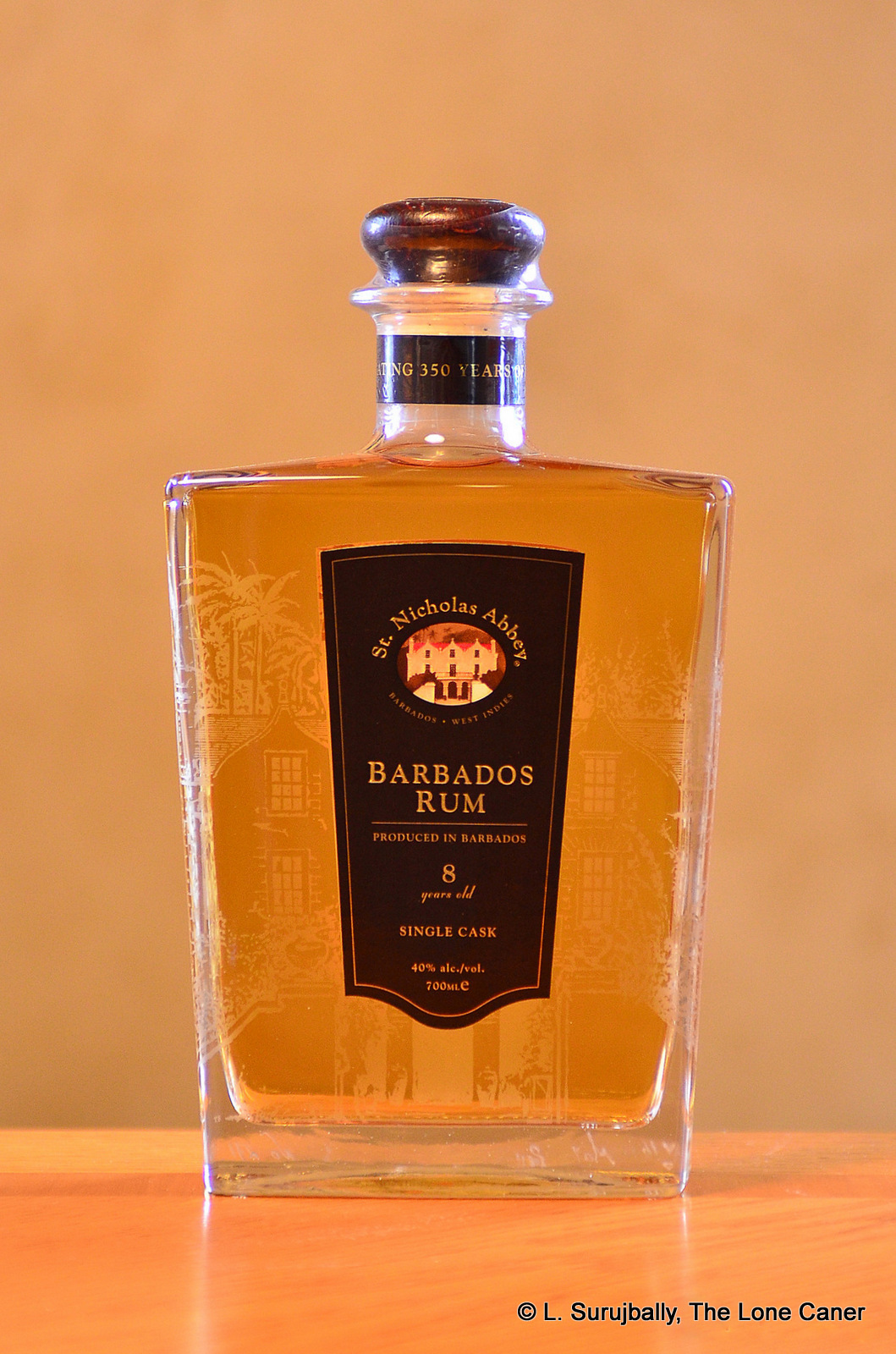
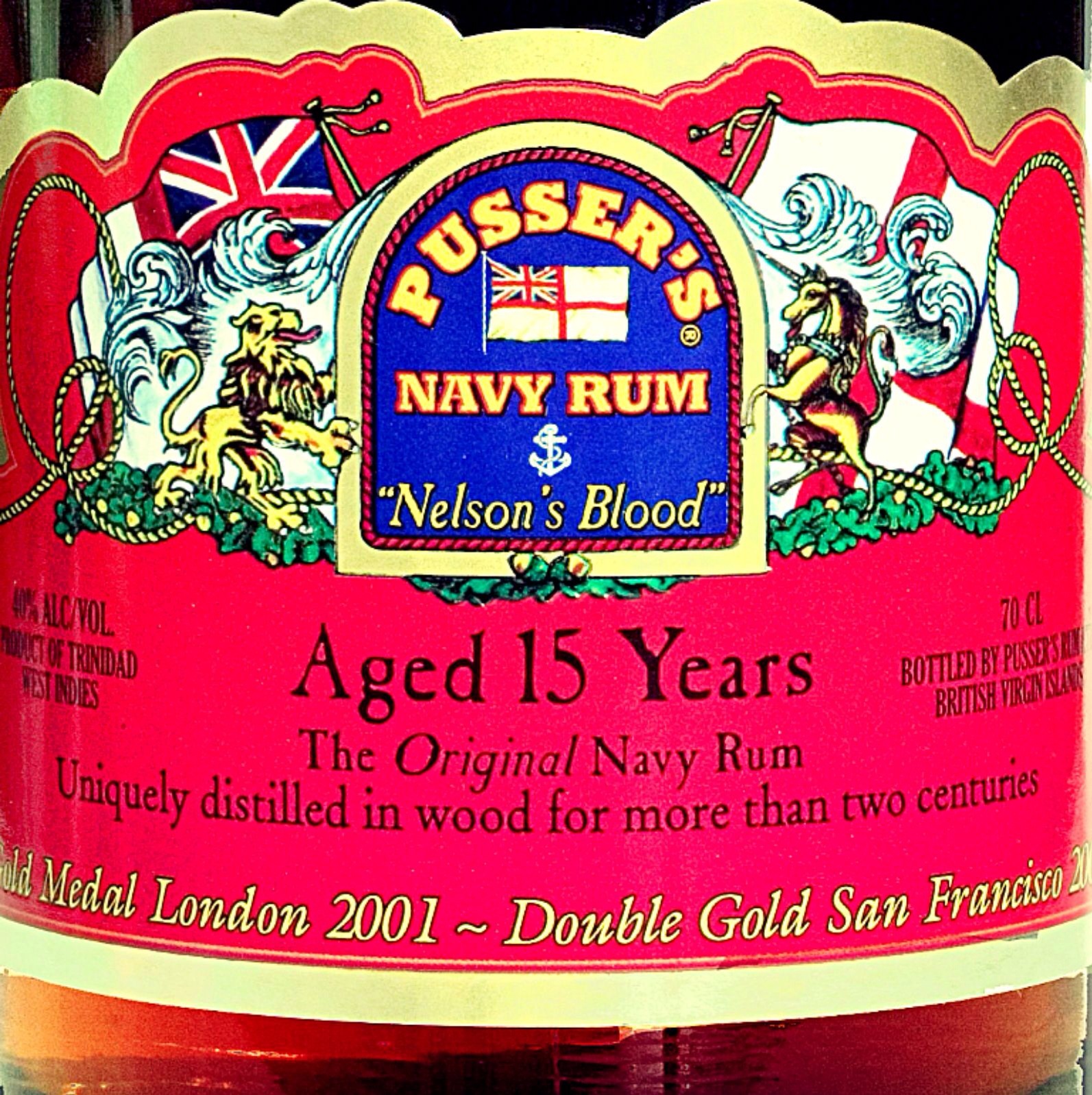

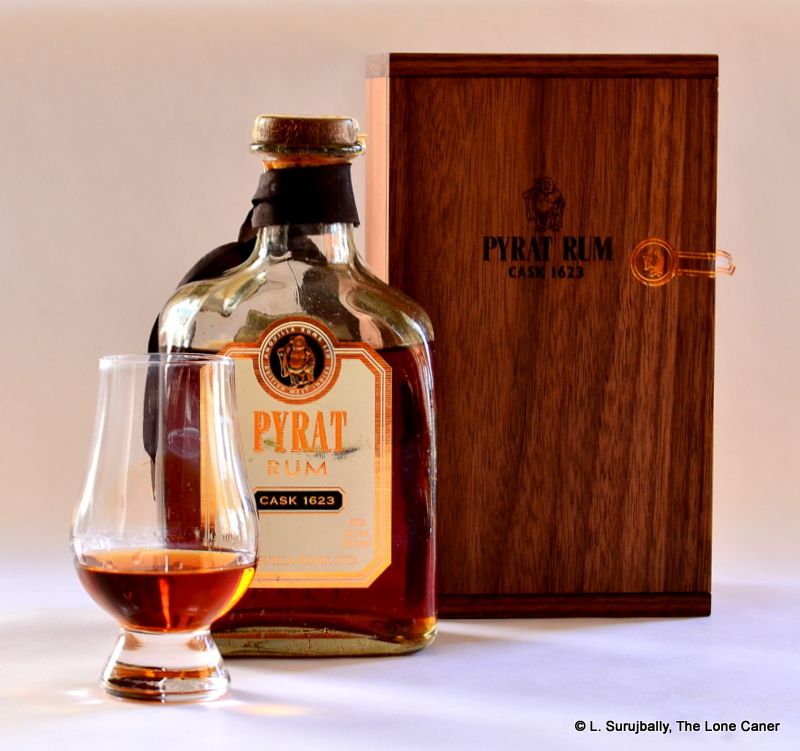
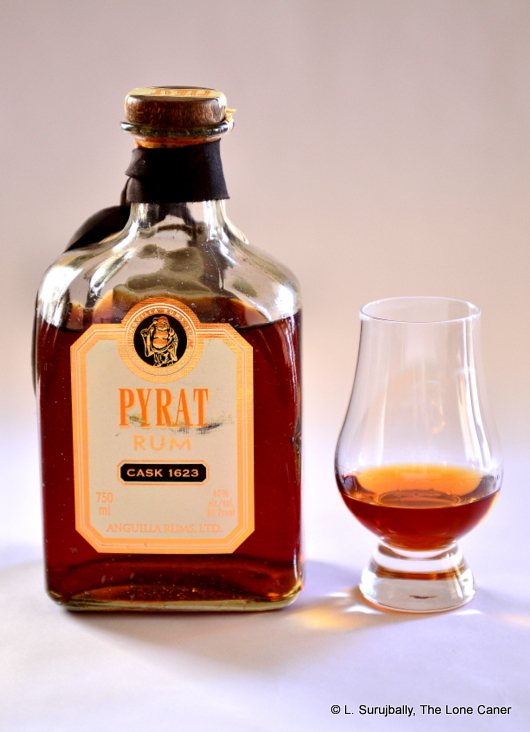
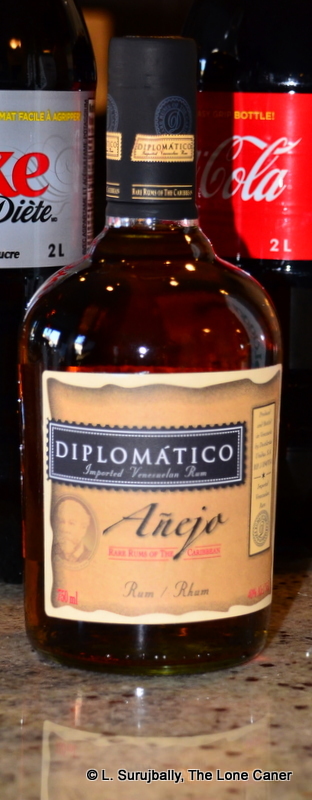 First Published 25 May 2011 on Liquorature
First Published 25 May 2011 on Liquorature